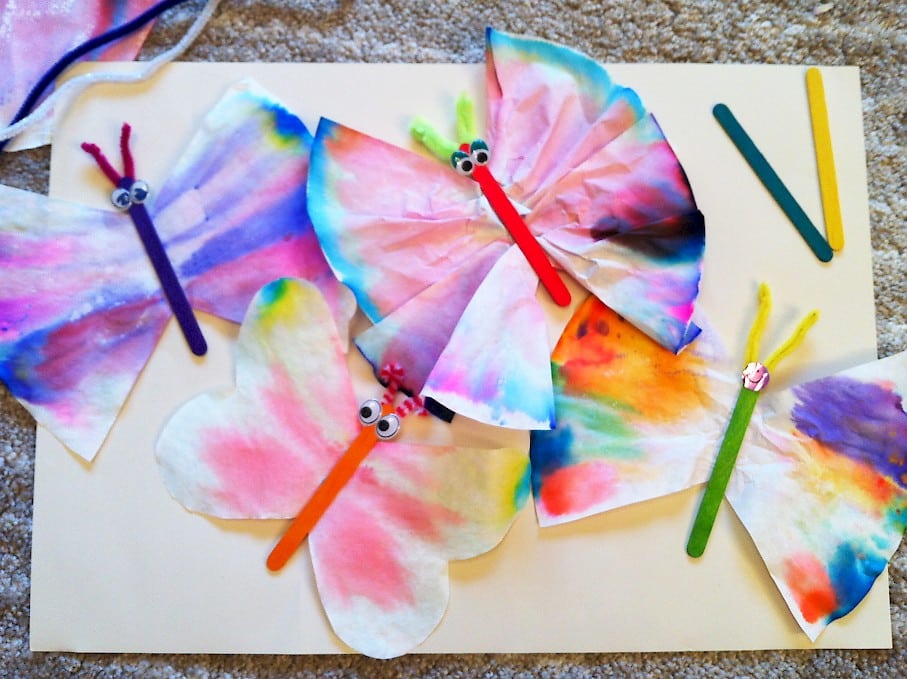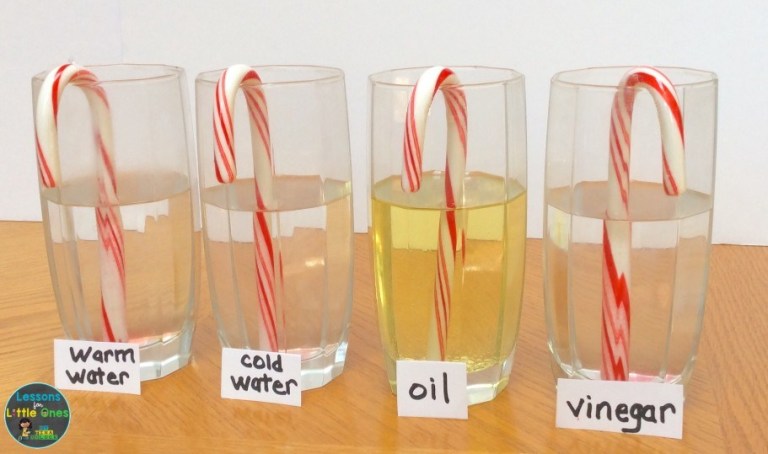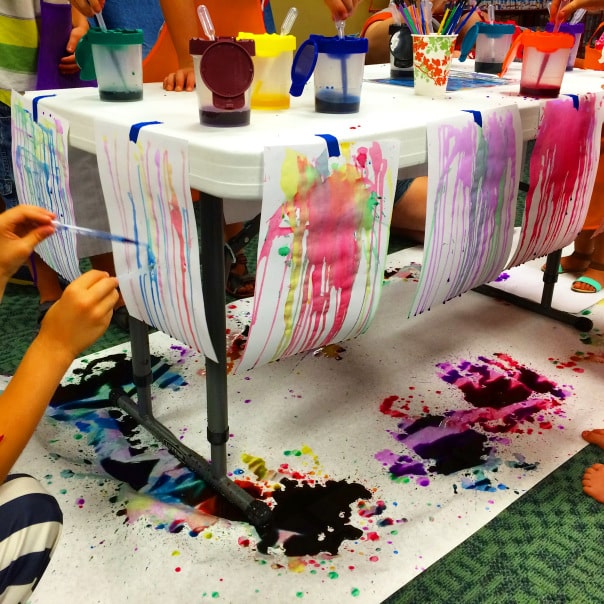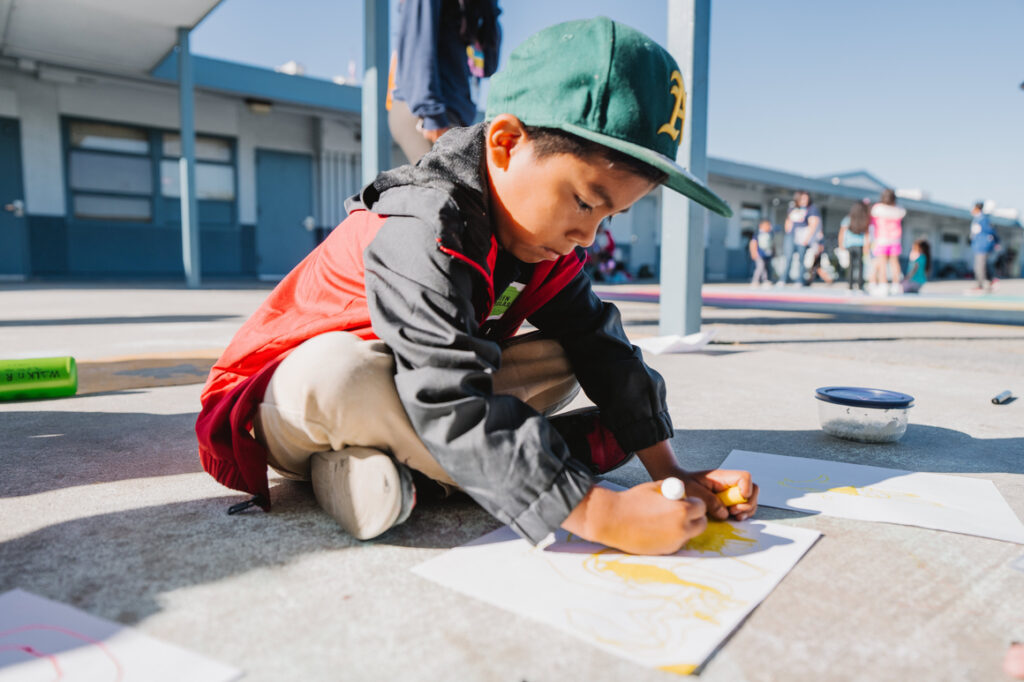The STEM acronym stands for “Science, Technology, Engineering, and Mathematics.” There are other acronyms which combine these subjects, but our favorite has to be STEAM, which includes art. At Galileo, we value creativity and imagination and believe that our campers benefit from multidimensional, hands-on projects.
Here are three ideas for STEAM projects your kids can easily enjoy at home with minimal preparation and cost. You might even like these hands-on activities so much that you’ll want to join in yourself.
Butterfly Chromatography

In simple terms, chromatography is the chemical separation of mixtures and particularly pigments. This project is suitable for kids age 2 and up. You’ll be separating the color black into some version of its constituent primary colors.
What You Need:
You can choose to do this experiment on throwaway paper towels, or if you’re in the mood for something more permanent, your child can decorate a white canvas tote bag. In addition, you’ll need black water-based markers, rubbing alcohol and a small cup to hold it, droppers, and a tray or plate to work on.
What Your Kids Will Do:
Draw something on the paper towel or bag and then place it on the tray. For best results, make sure that the design includes white space in between the black marker shapes. Using an eyedropper, drop some rubbing alcohol on the design until it’s quite wet. Leave to dry for at least 4 hours and pop in to see the progress, or do one big unveiling when the time is up. Things won’t be purely black and white anymore and you should see other subtle shades. Then cut the design into butterfly wings and create the body by adding other items like eyes, pipe cleaners for ears and colored popsicle sticks.
Skewer Structures

An affordable way to keep your kids occupied is teaching them how materials can come together to make something new, and how those materials might behave under stress.
What You’ll Need:
This is an awesome engineering project that requires the grand total of two materials: wooden skewers that you may very well have in one of your kitchen drawers, and some modeling clay in different colors.
What Your Kids Will Do:
Roll bits of clay into ½ inch balls. Then use the balls to join skewers and build one or more structures. Different structures can be joined to make a superstructure and the clay can also be used for decoration. If you have an idea for something that you’d want to keep for a bit, bear in mind that the dry clay might make your construction difficult to move. Plan accordingly by building your structure on the spot it will live, or making it on top of something that you can lift.
Dissolving Candy

A yummy experiment for kids under 10, this project should be a delight for more than just the taste buds. This experiment is a great way to introduce the concept of solubility.
What You’ll Need:
Only four ingredients are required: oil, water, vinegar and 4 candy canes (plus some for eating while observing). Have four clear glasses or jars and a stopwatch or timer app at the ready.
What Your Kids Will Do:
Fill each glass with the same amount of a different liquid. One will have oil, one will have vinegar and the last two will have hot water and cold water. Prompt your kids to make predictions about what will happen when the candy canes go in.
Now plop the candy canes in simultaneously – you need 4 hands to release candy at the same time and a third person starts the timer. Within 30 seconds, there will be some dissolving action. The water will start to turn a shade of pink as the colored sugar breaks down. Note any differences between the jars. Which liquid won the race? How long did it take?
Bonus Project!
Gravity Painting

Photo by Adventures Of A Children’s Librarian
This project helps kids understand how gravity works. You’ll need white cardboard or paper, liquid watercolors, an eyedropper, and a cloth to catch the mess. Prop your cardboard up against something that will enable it to stand, or if you’re using paper, tape it to a table or desk. Use the dropper to drip paint at the top of the board and watch as gravity does its thing. Turn the board or re-tape the paper as the paint is dripping to mix things up.
—
At Galileo, we love to get hands-on alongside our campers to create memorable take-home art, crafts, and engineering projects. Our art, science, and outdoor summer camps are all about having a lot of fun while developing an innovator’s mindset along the way. To learn more about our camps coming up this summer in your area, click the button below to find a location near you.
—
P.S. East Bay Parents! Are you interested in the camps we’ve planned for Spring Break at our Oakland headquarters? Click below to learn more about our spring break camps.




